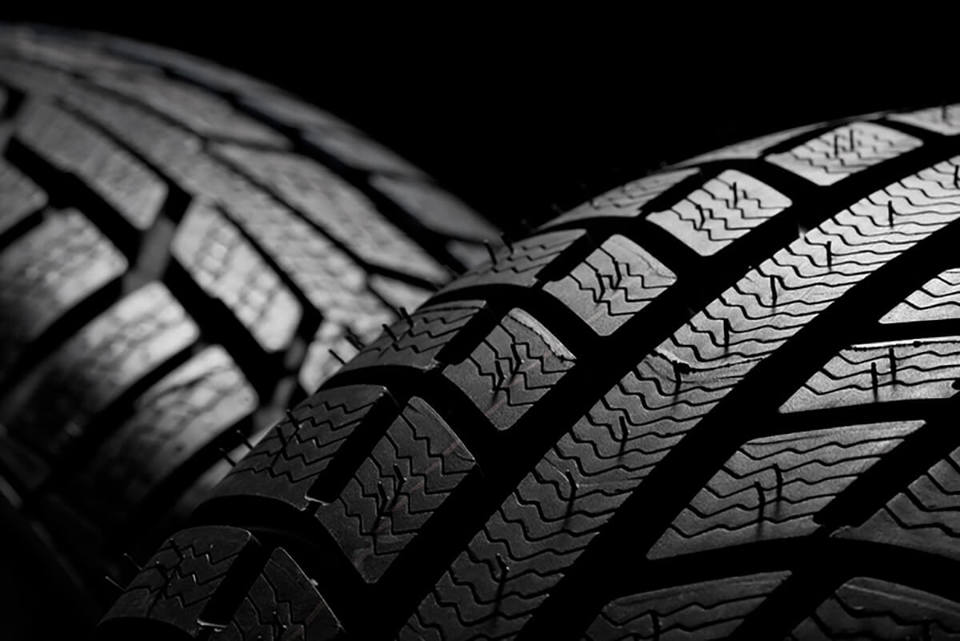New research commissioned by TyreSafe, the UK's leading tyre safety organisation, found that the biggest worry for drivers in the winter is that they are more likely to have an accident as the roads feel more slippery.
However, by switching to winter weather tyres, which are specifically designed to cope with cold, damp conditions, drivers can benefit from better grip, reduced stopping distances and improved safety across the entire winter period.
"Winter weather tyres offer considerable safety improvements for many months of the year when driving conditions are typically cold or damp," explains Stuart Jackson, chairman, TyreSafe. "There is a misconception that they only offer better performance in snow and ice, but this is a very outdated view. Technology has advanced significantly and modern winter weather tyres provide much better safety in a range of conditions over a substantial part of the year."
Winter weather tyres can be used all year round but their performance is notably better when temperatures fall below seven degrees Celsius. In these conditions ‘standard' tyres begin to harden and lose their ability to grip the road surface properly. Winter weather tyres contain more natural rubber and advanced silica compounds to reduce the hardening process and improve grip. Tests conducted by the British Tyre Manufacturers Association found that a car braking at 60mph on a wet road at five degrees Celsius stopped five metres shorter, equivalent to more than one car length, when fitted with winter weather tyres.
Despite the significant benefits provided by these tyres, only three percent of respondents in TyreSafe's survey said they fitted them. Unlike some European countries, the UK does not have compulsory legislation forcing the fitment of winter weather tyres between certain dates.
"Last year's extreme conditions left many drivers stranded or involved in an accident as they lost grip and were unable to stop properly," continues Jackson. "As the majority of rush hour journeys in the winter occur when the temperature is below 7 degrees, I would encourage all drivers to seriously consider fitting winter weather tyres to ensure they remain safe."
Drivers who decide not to fit winter weather tyres can still carry out a number of checks to reduce their chances of being involved in an accident. Tread depth should be checked to ensure that it easily exceeds the legal minimum requirements of 1.6mm across the central three quarters of the tyre, around its entire circumference. Tyre pressures should be checked at least once a month or before a long journey and the tyre should be inspected for any cuts, bulges or embedded objects.













Login to comment
Comments
No comments have been made yet.